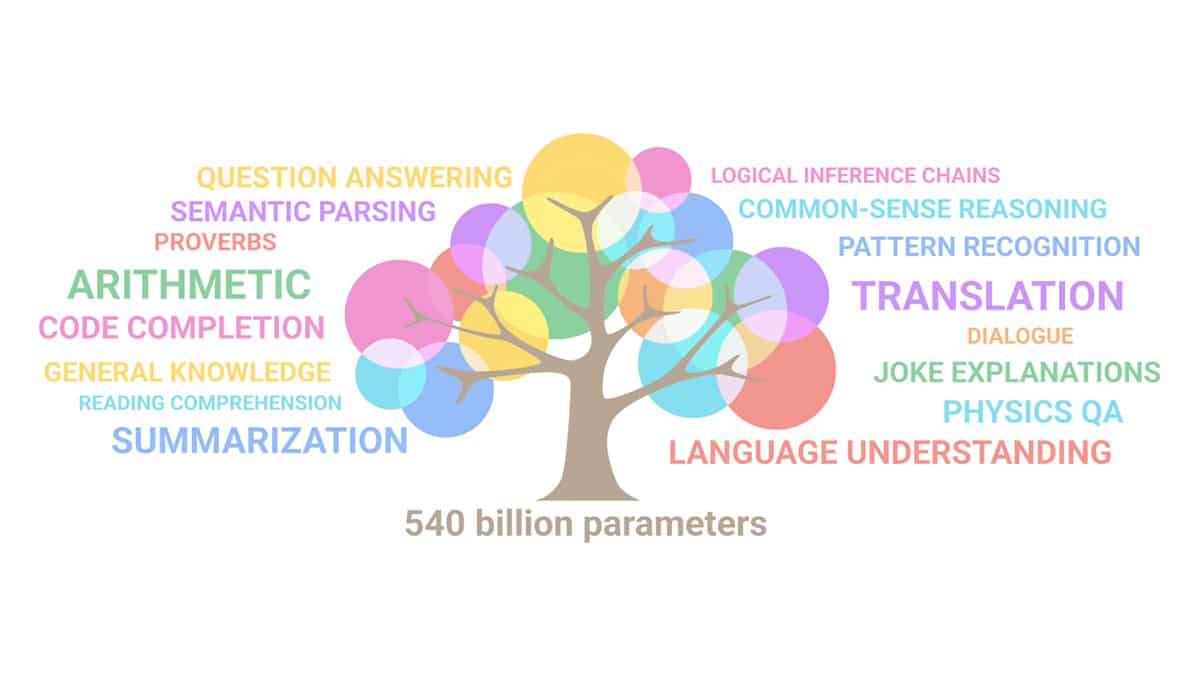Character-based language models are machine learning algorithms that use individual characters to predict or classify text. These models are used in Natural Language Processing (NLP) or text analysis applications, such as for auto-completion, language generation, text classification, and sentiment analysis. The advantage of character-based language models over traditional models is that they allow for better capturing of context and nuance in text, as they can learn the combination and variation of characters even better than traditional models. This type of model can offer a more accurate representation of the text.
In character-based language models, the input is a sequence of characters, and the output is a representation of the input text. The model is usually made up of several layers of neural networks, allowing the model to learn the differences and nuances between the characters in the input. Each layer contains information about the characters and the relationships between them, allowing the model to make decisions and predictions about the text.
Character-based language models can be implemented with various techniques, such as recurrent neural networks, convolutional neural networks, and long short-term memory models. Recurrent Neural Networks (RNNs) are the most commonly used technique. They iteratively take in characters as input, and pass them through the layers of the network. This allows the model to learn the characters and predict what the input text says.
Character-based language models are growing in popularity for their ability to effectively capture the complexities of the language, including contexts and nuances in text, something which traditional language models cannot achieve. They are useful tools for text applications which require higher accuracy and detailed understanding of text.






